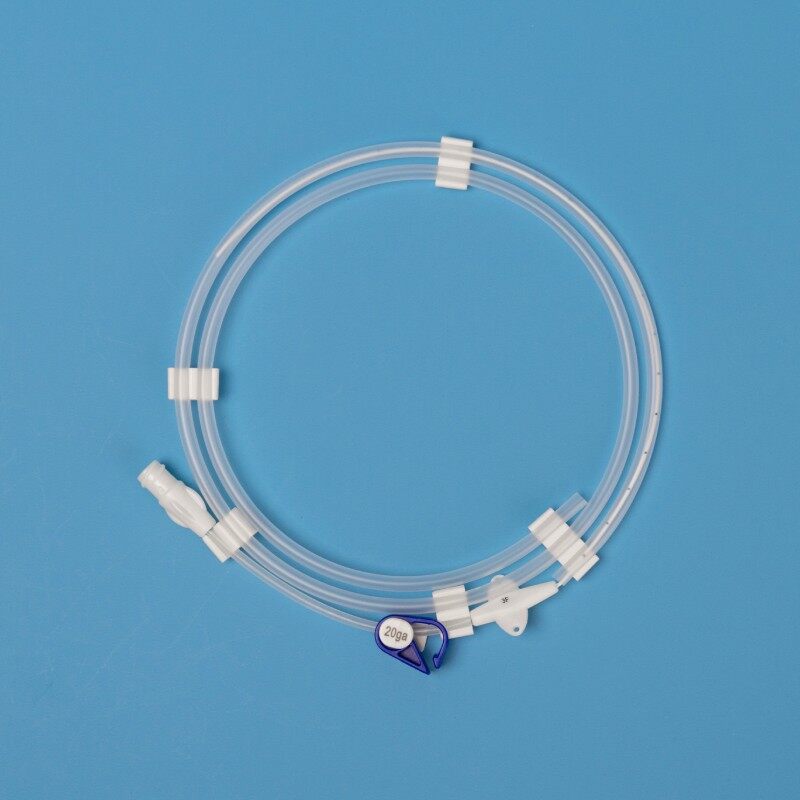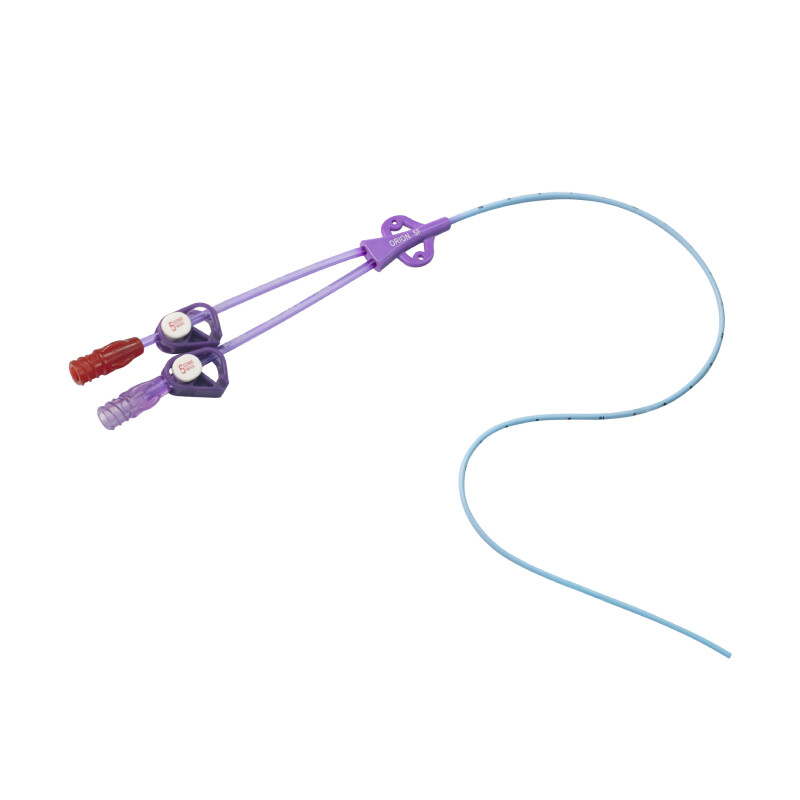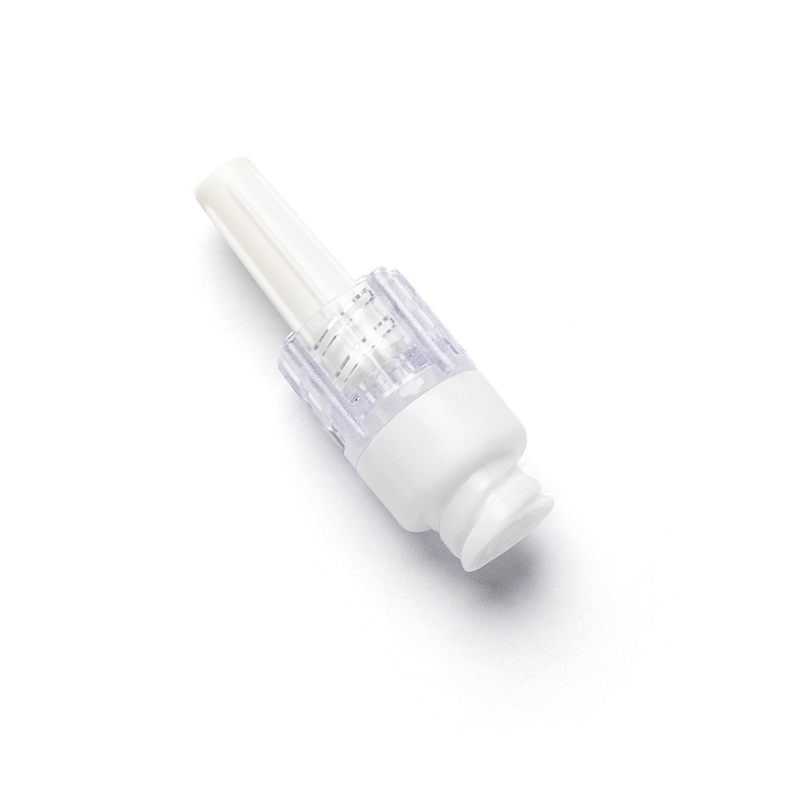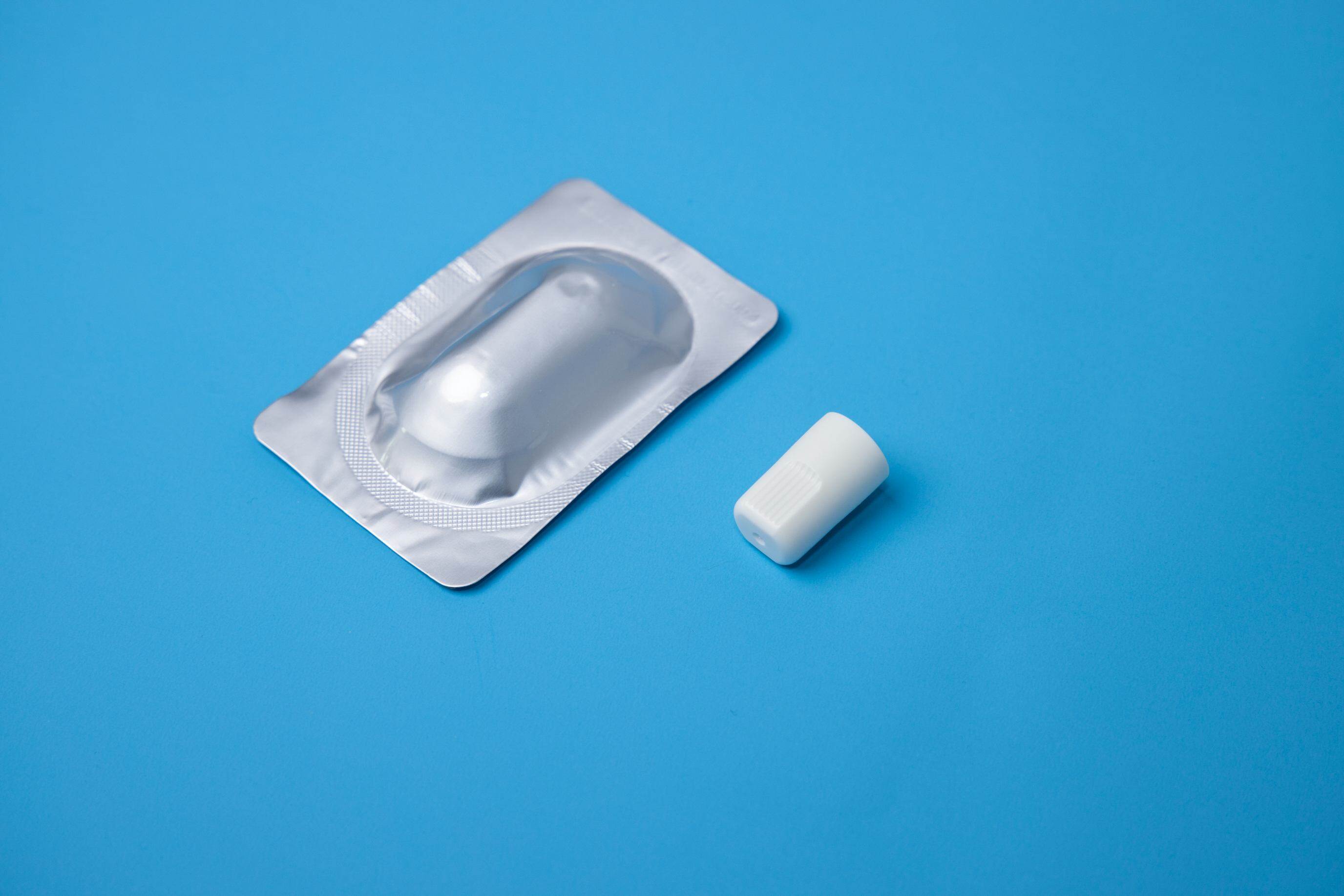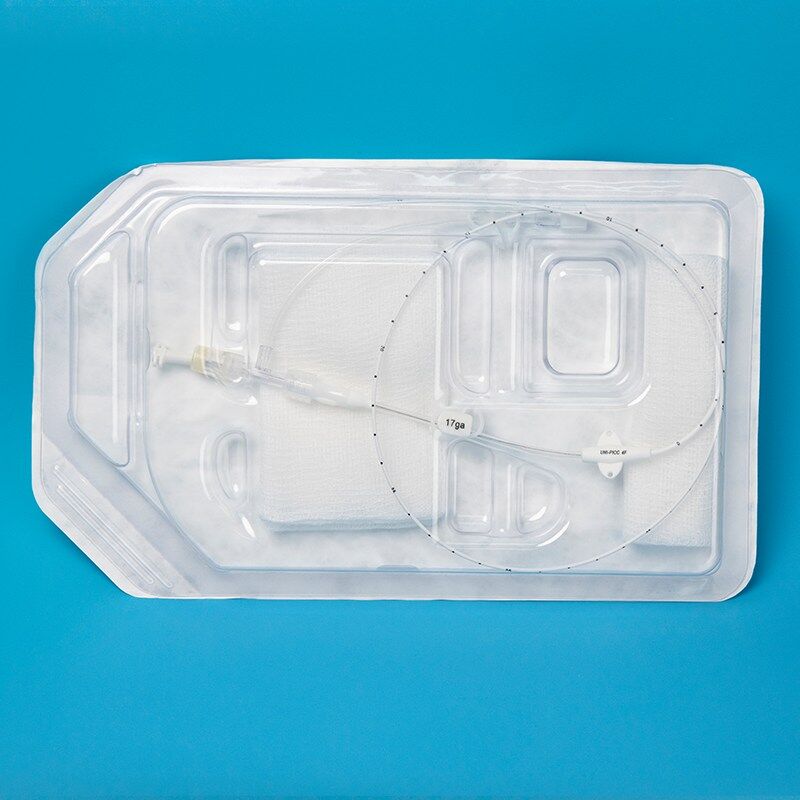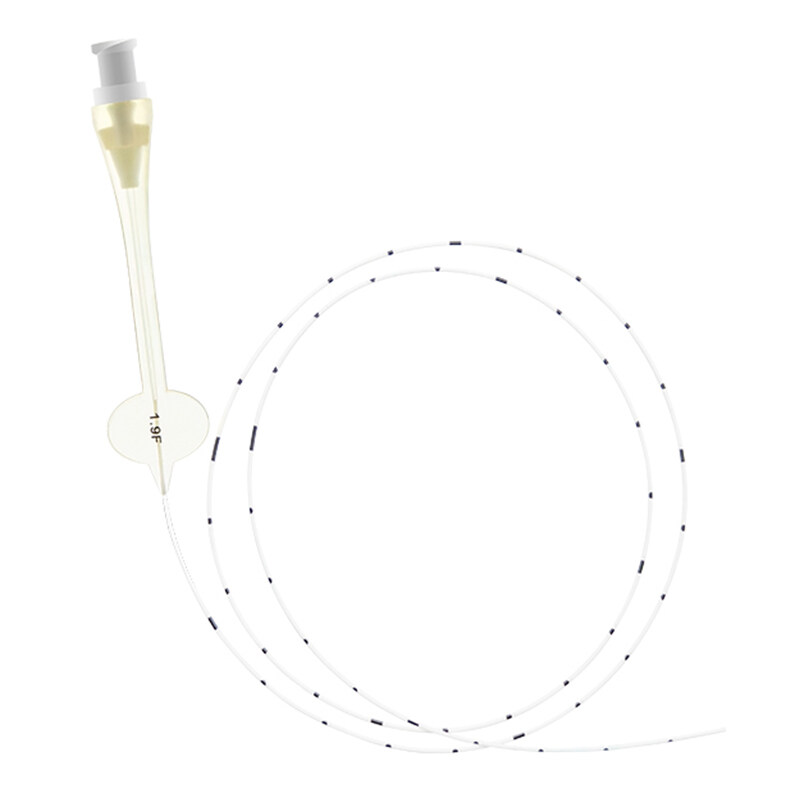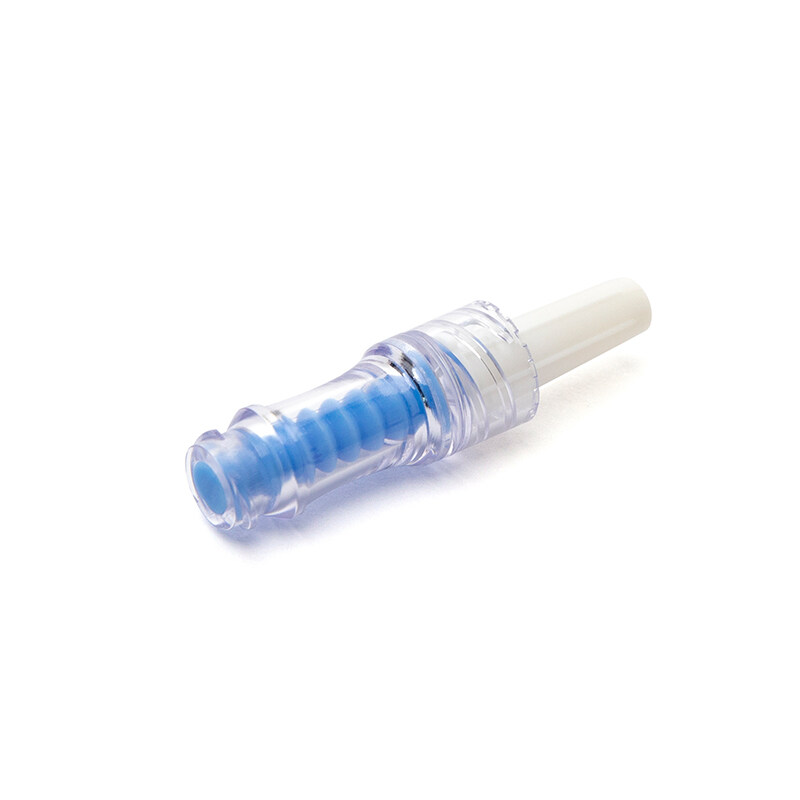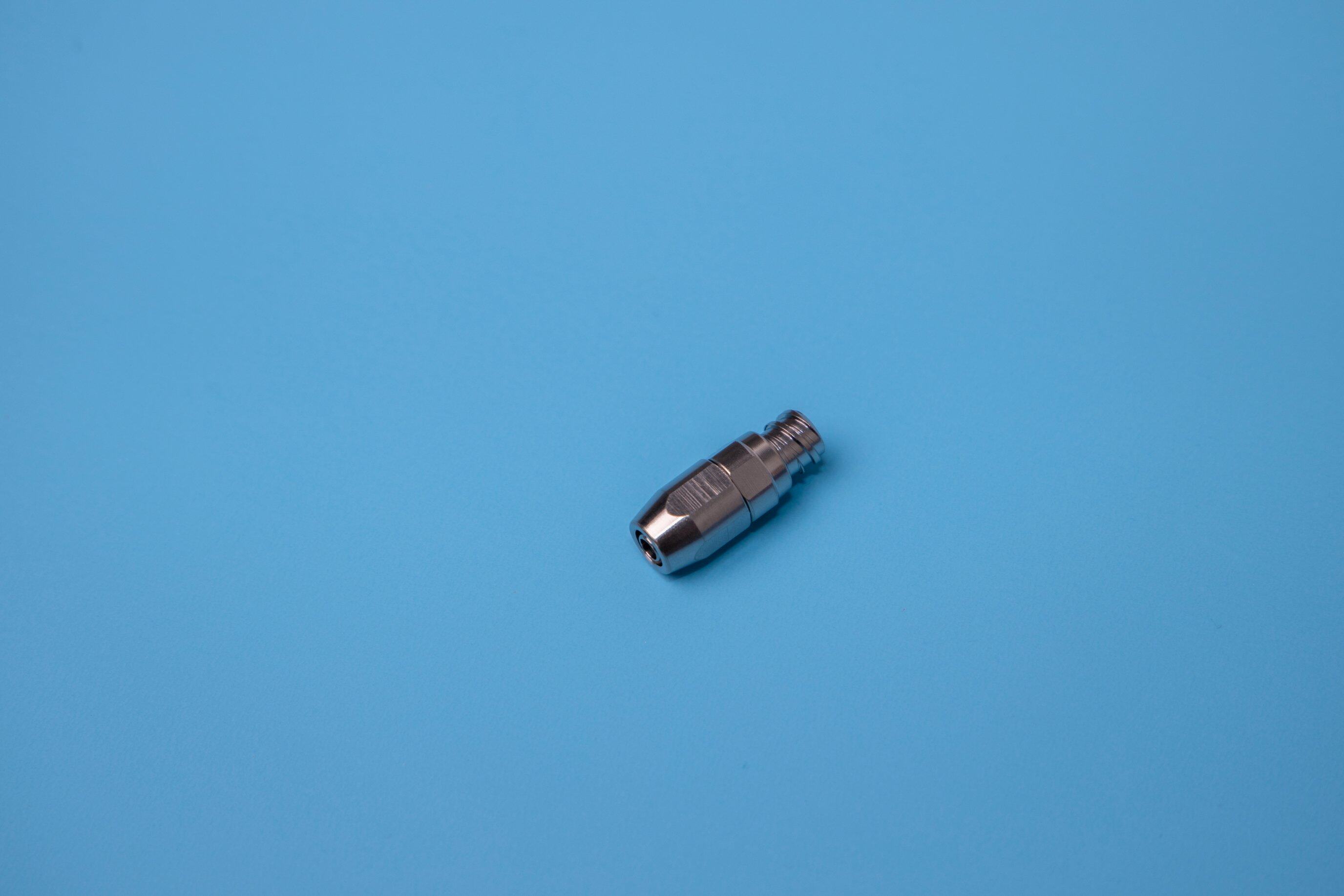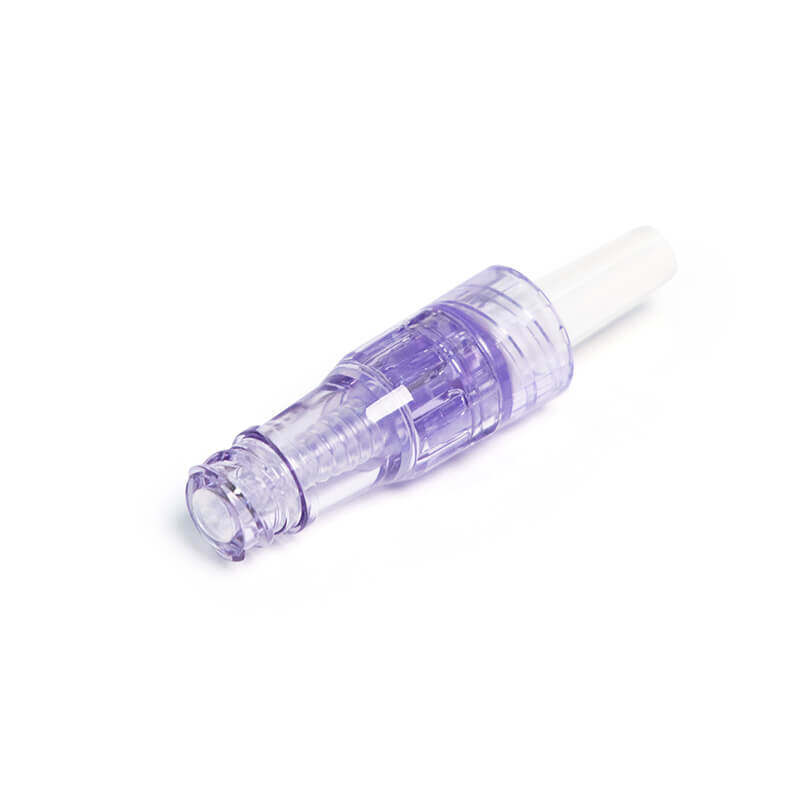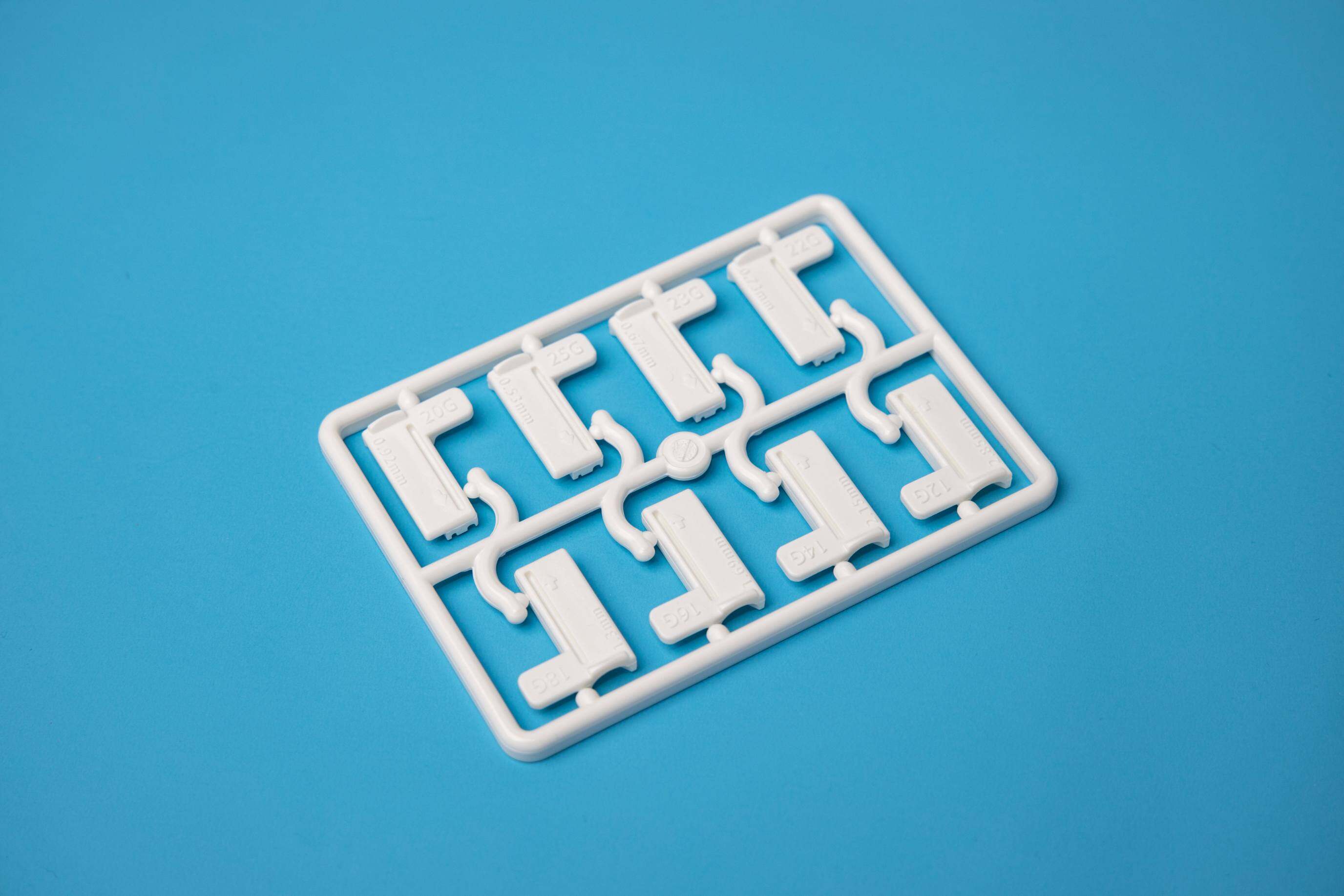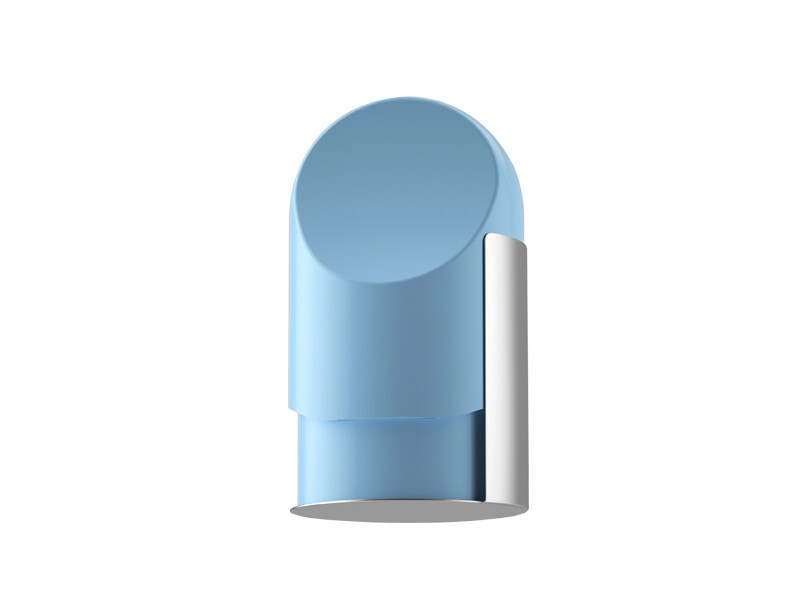medical catheter placement
What is a medical catheter?
In medicine, a medical catheter is a thin tube made from medical-grade materials serving a broad range of functions. Catheters are medical devices that can be inserted into the body to treat diseases or perform a surgical procedure.
By modifying the material or adjusting the way medical catheters are manufactured, the medical catheter is possible to tailor catheters for cardiovascular, urological, gastrointestinal, neurovascular, and ophthalmic applications.
There is still a lot to learn about medical catheters, for example about the medical catheter placement . Only with a better understanding of the medical catheter placement can we make the most of its usefulness.
Medical catheter placement is a common procedure used to diagnose and treat various medical conditions. Catheters are thin, flexible tubes that are inserted into the body to allow for the delivery of fluids or to provide access to certain organs or tissues. There are many different types of catheters available, each designed to meet specific medical needs.
One of the most significant benefits of medical catheter placement is that it provides doctors with a minimally invasive way to access the body's internal organs and tissues. This means that patients experience less pain and discomfort during the procedure and often have a faster recovery time compared to more invasive surgical procedures.
There are many different applications for medical catheters, including the delivery of medications, fluids, and contrast agents for imaging studies.
The cost of medical catheter placement can vary depending on the type of catheter and the specific medical procedure being performed. In general, medical catheters are relatively affordable compared to more invasive surgical procedures, and most insurance plans cover the cost of the procedure.
One important consideration when it comes to medical catheter placement is the risk of complications. While complications are relatively rare, they can occur and may include infection, bleeding, or damage to surrounding organs or tissues. It is important for patients to discuss the potential risks and benefits of catheter placement with their doctor before undergoing the procedure.
How long does the catheter stay in place?
The length of time a medical catheter placement remains in place depends on the specific medical condition being treated. In some cases, the catheter may only be in place for a few hours, while in other cases it may need to remain in place for several weeks or even months.
Will I feel any pain during the medical catheter placement procedure?
While some patients may experience mild discomfort or pressure during the procedure, most patients do not feel any pain. Your doctor will typically use a local anesthetic to numb the area where the catheter will be inserted.
Are there any restrictions on activity while the catheter is in place?
Your doctor will provide you with specific instructions regarding activity restrictions while the catheter is in place. In general, it is important to avoid any activities that may dislodge or damage the catheter, such as heavy lifting or strenuous exercise.
What should I do if I experience any problems or complications after medical catheter placement?
If you experience any problems or complications after catheter placement, such as fever, pain, or unusual discharge, it is important to contact your doctor right away. In some cases, prompt medical attention may be necessary to prevent serious complications.
Can I shower or bathe with a catheter in place?
Your doctor will provide specific instructions regarding hygiene and bathing while the catheter is in place. In general, it is important to keep the catheter and surrounding area clean and dry to reduce the risk of infection.
What can I expect after the catheter is removed?
After the catheter is removed, you may experience some mild discomfort or urinary urgency as your body adjusts. Your doctor may recommend drinking plenty of fluids to help flush out any remaining debris or bacteria from the bladder.
How can I prevent complications from catheter placement?
To reduce the risk of complications from medical catheter placement, it is important to follow your doctor's instructions carefully and to practice good hygiene. This may include keeping the catheter and surrounding area clean and dry, avoiding activities that may dislodge or damage the catheter, and drinking plenty of fluids to flush out any bacteria or debris from the bladder.
The process of inserting a medical catheter is "catheterization".
In most uses, a medical catheter is a thin, flexible tube (soft catheter) though catheters are available in varying levels of stiffness depending on the application.
Haolang medical specializes in developing, manufacturing, and distributing a series of products for vascular access, infusion therapy, and infection control.
For questions about medical catheters, including the medical catheter placement, you are always welcome to contact Haolang Medical to find out more.
Overall, medical catheter placement is a safe and effective way to diagnose and treat a wide range of medical conditions. While there are potential risks and complications associated with the procedure, these are generally rare and can be minimized through careful monitoring and follow-up care. If you have any concerns or questions about catheter placement, be sure to discuss them with your doctor.

